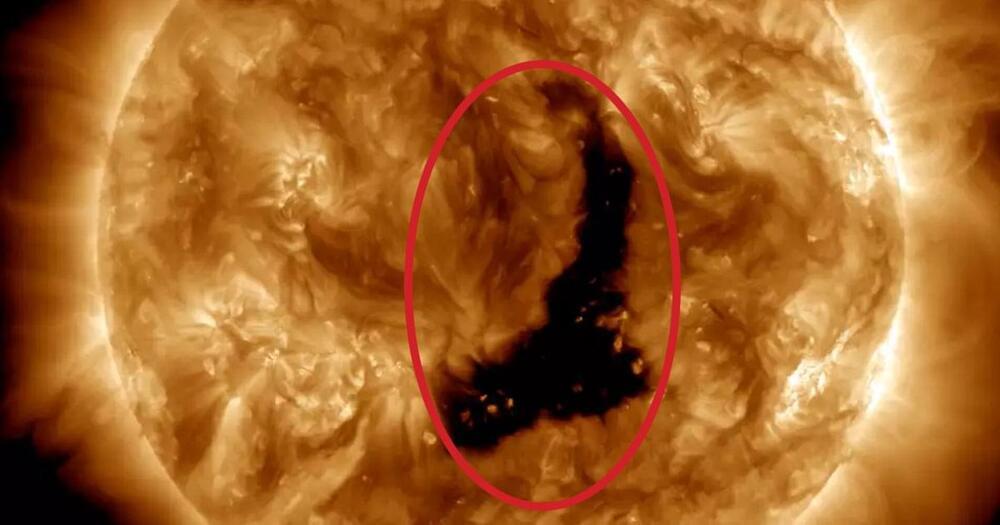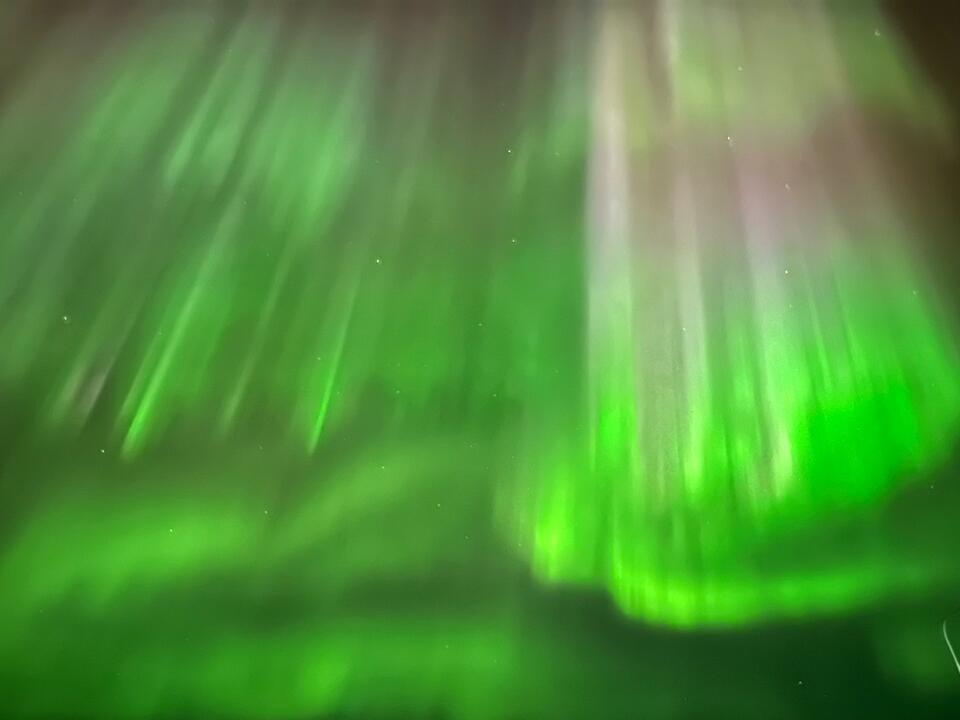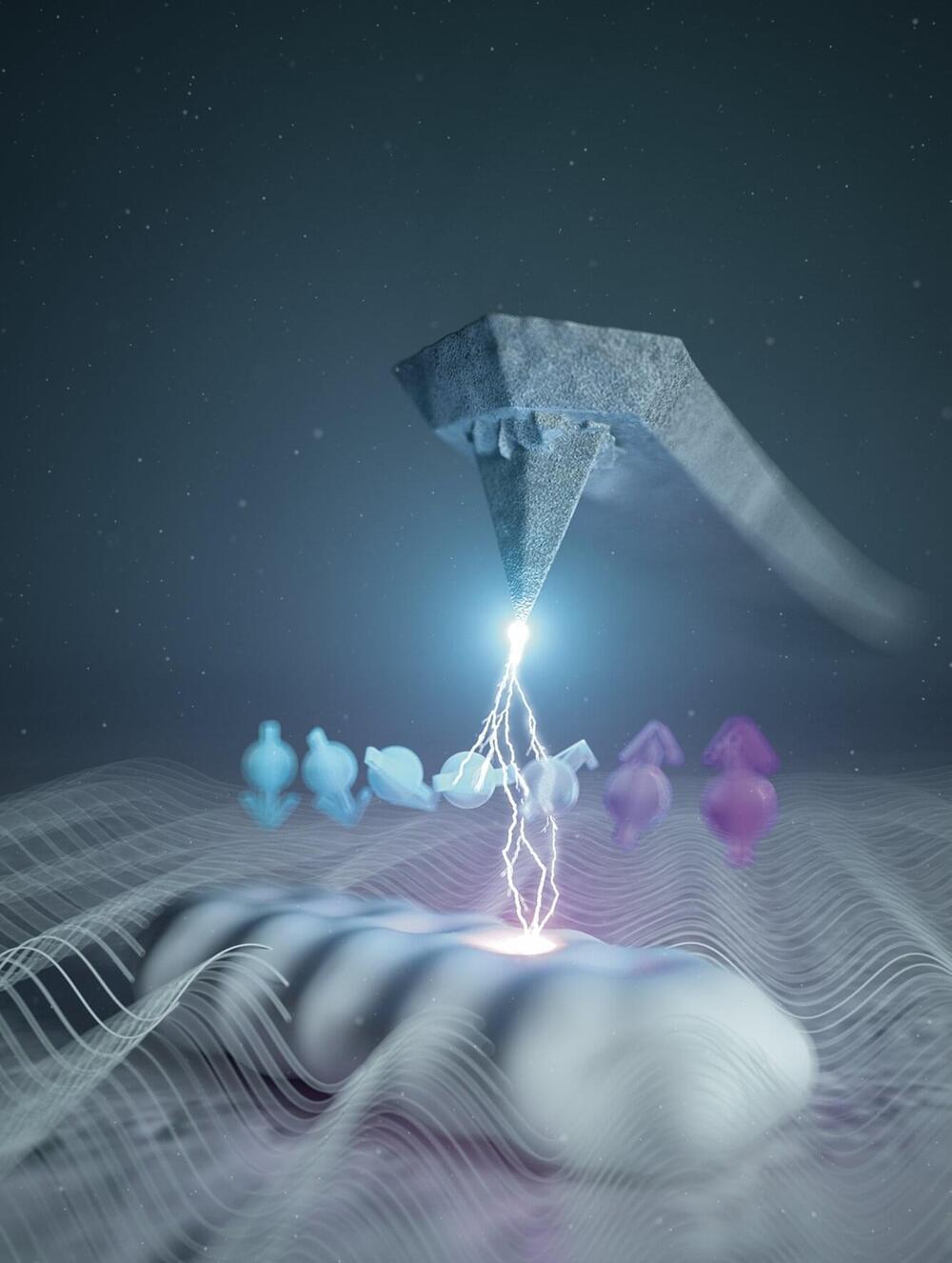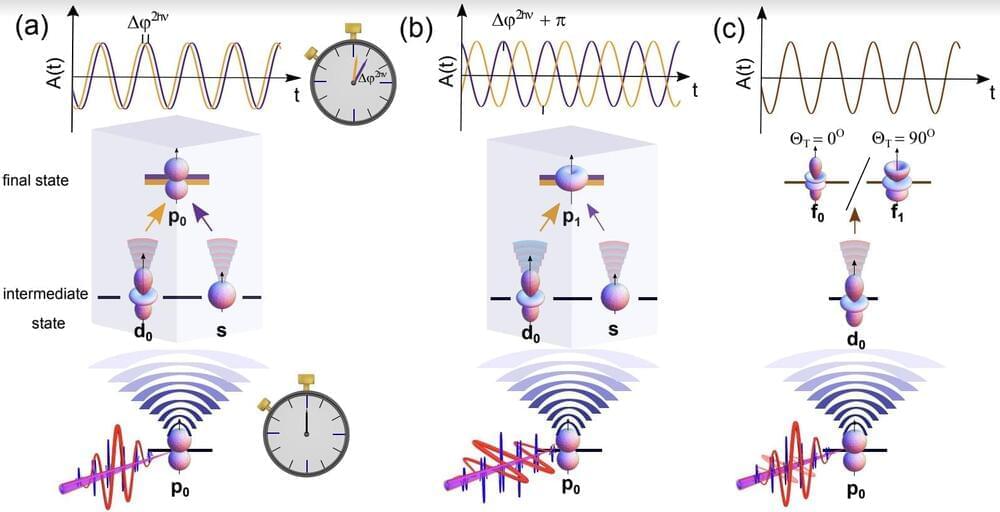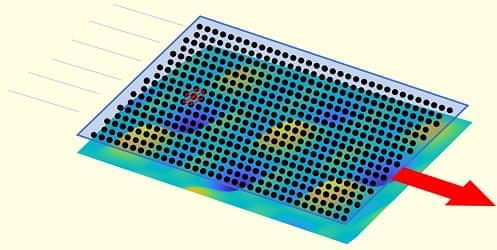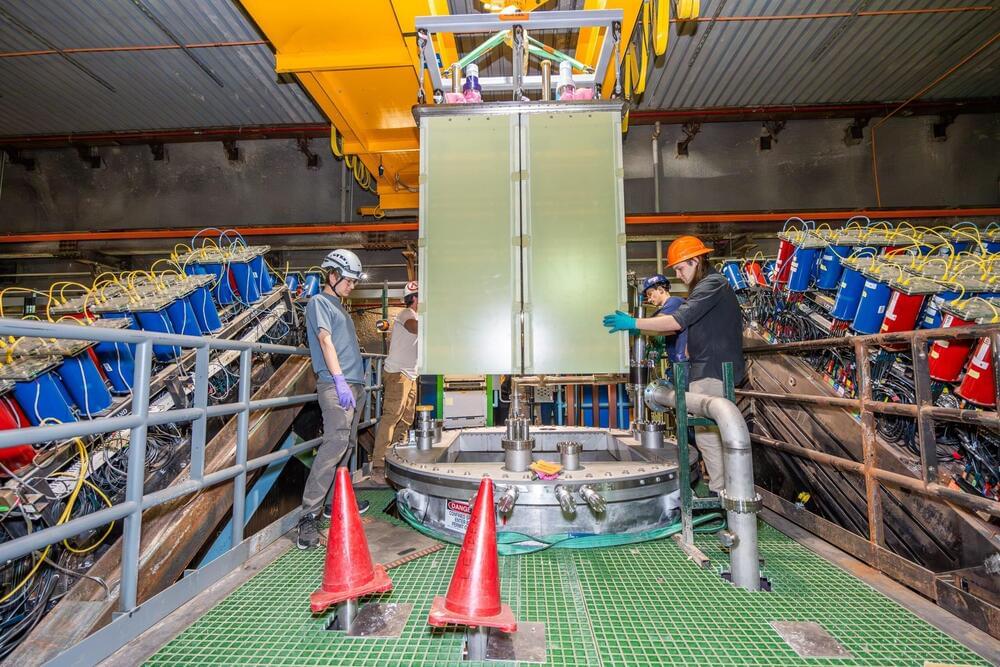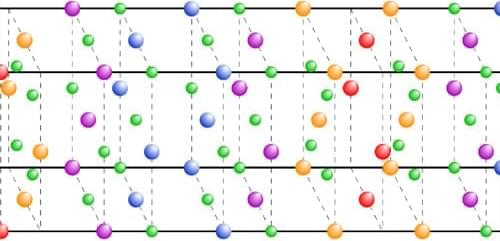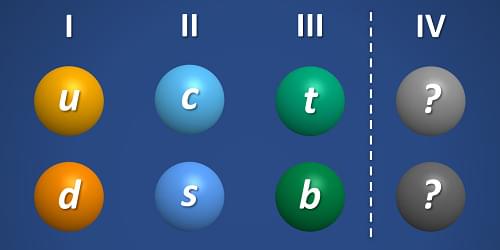A measurement of the charge radius of an aluminum nucleus probes the assumption that there are only three families of quarks.
In the standard model of particle physics, matter is made of elementary particles called quarks and leptons. Quarks are the heavy constituents that form, for example, protons and neutrons, whereas leptons are the light constituents, such as the electron. The six known quarks—up, down, charm, strange, top, and bottom—are split into three families. But could there be a fourth family? Answering that question would require hundreds of different measurements in particle and nuclear physics. However, not all these measurements are yet available or precise enough, and many parameter values are only inferred or extrapolated. Now Peter Plattner at CERN in Switzerland and his colleagues show how a single one of these measurements can shift our understanding of this fundamental question [1].
In the quantum-mechanical framework of the standard model, quarks can oscillate among their different flavors. The best-known example occurs in the beta decay of radioactive nuclei: a proton is transformed into a neutron (or vice versa) when one of its quarks oscillates from up to down (or down to up). The rate of beta decay depends on many factors involving both nuclear and atomic physics, but the rate at which the quarks oscillate is described by a single quantity: Vud, the so-called matrix element of the transformation of an up quark into a down quark.
